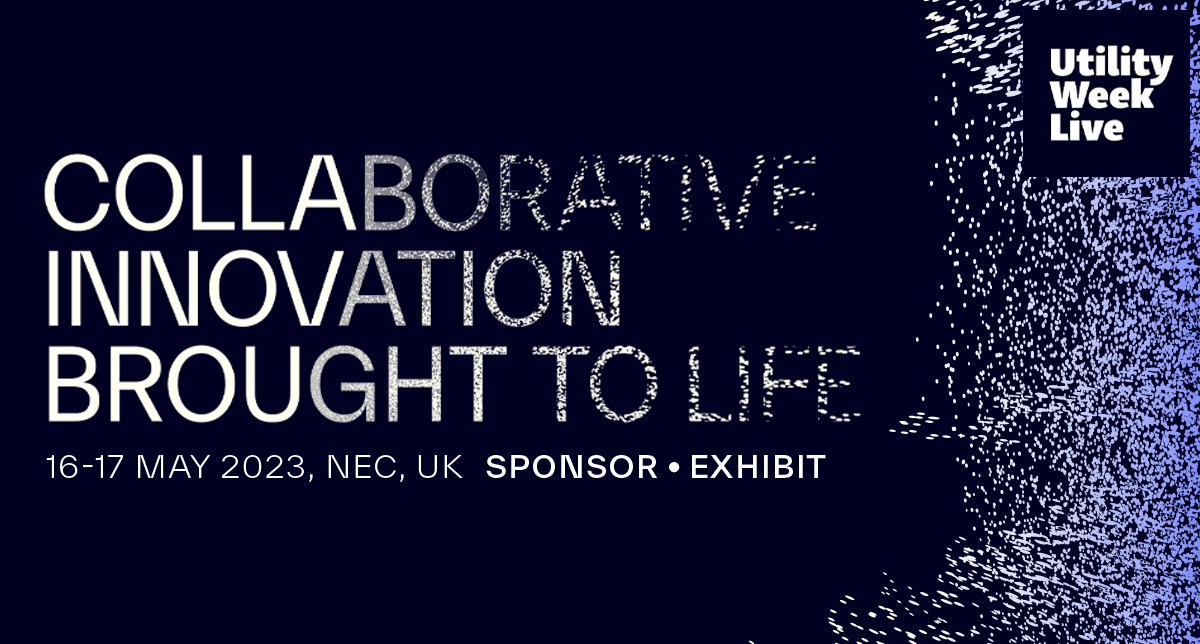You’ve reached your limit!
To continue enjoying Utility Week Innovate, brought to you in association with Utility Week Live or gain unlimited Utility Week site access choose the option that applies to you below:
Register to access Utility Week Innovate
- Get the latest insight on frontline business challenges
- Receive specialist sector newsletters to keep you informed
- Access our Utility Week Innovate content for free
- Join us in bringing collaborative innovation to life at Utility Week Live

Ian Cameron and Charlie Barnes explain how UK Power Networks is collaboratively harnessing smart data to understand, identify and support ‘disadvantaged’ customers during the cost of living crisis.
The utilities sector’s vulnerability issues are not only growing in size but also in complexity according to UK Power Networks’ (UKPN) head of innovation, Ian Cameron, who told Utility Week’s Consumer Vulnerability and Debt Conference that electricity networks – alongside other utilities – are facing a multifaceted cost of living challenge this winter.
Across UKPN’s 8.4 million consumers spanning south east England, the East of England and London, in the region of 3.5 million are eligible to receive some form of support via the priority services register (PSR).
With 2.2 million already supported – including 25,000 receiving what UKPN classes as “in-depth support” – and the firm committed to reaching three million by the end of the next price control, Cameron describes the 800,000-person margin as an “opportunity gap” in need of filling.
“While it’s been an extreme journey to get to 2.2 million, it’s getting harder for us to register customers for support,” he told delegates.

- Resilience, reliability and collaborative transformation to adopt technology and innovation are among the key themes at the Utility Week Forum, which will take place in London on 8-9 November. Find out more here.
Understanding ‘intersectionality’
However Cameron explained that identifying, understanding and providing support for these customers, a new cohort of “disadvantaged” consumers currently excluded from participating in the smart, flexible, energy future, poses an unprecedented challenge.
 Despite UKPN committing around £11 million pounds over the next six years to provide 100,000 customers either disadvantaged or excluded from the energy transition with “in depth support”, Cameron stressed that the firm won’t succeed by working unilaterally as a single distribution network.
Despite UKPN committing around £11 million pounds over the next six years to provide 100,000 customers either disadvantaged or excluded from the energy transition with “in depth support”, Cameron stressed that the firm won’t succeed by working unilaterally as a single distribution network.
“We are nowhere in providing support for this group,” he said. “But we will achieve those numbers if we are more inclusive, more collaborative, and more innovative.”
According to Cameron, understanding which life situations and social-economic drivers are potentially pushing customers towards disadvantage and exclusion, while also discerning which aspects of the energy system which may be excluding or disadvantaging customers, is paramount.
Once these factors – such as lack of opportunity, trust, education and access – have been determined, it becomes a matter of gauging how and where they overlap. “If you understand those various intersections it allows you to better target your programs and deliver support to the most impacted,” he said.
 “We’ve come up with this ‘intersectionality’ term,” Cameron continued. “A theoretical framework that helps us understand how those different facets of a person’s identity and circumstances intersect to shape their lived experience, how they feel, and how they’ve been impacted.
“We’ve come up with this ‘intersectionality’ term,” Cameron continued. “A theoretical framework that helps us understand how those different facets of a person’s identity and circumstances intersect to shape their lived experience, how they feel, and how they’ve been impacted.
“Through the lens of intersectionality, we can explore how marginalised identities – e.g. race, gender, sexuality – interact with personal factors – e.g. health-related or financial issues – to create more complex situations of vulnerability,” Cameron said.
Creating a utility affordability framework
Charlie Barnes, UKPN’s innovation project lead specialising in consumer vulnerability and innovation projects, added that they believe one of the best ways to understand these vulnerabilities and ultimately “human complexity” is to amass more data spanning finance, mental and physical health, education, circumstances and characteristics, and use it to identify those at risk.
This predominantly comes from the PSR and project partners in lieu of swathes of direct customer data, according to Barnes.
“UKPN has through a huge number of different projects and ways of working with different partners collected an awful lot of data,” they told Utility Week’s Consumer Vulnerability and Debt Conference. “The majority is from our Socially Green project – incorporating 44 vulnerability data sets – which is about understanding all these different points of data and combining them into indicators of different situations customers might have or those at risk of being left behind in net zero.”
“One of the ways to tackle this is with a framework that allows structure for collaboration – a focused, organized way of doing what we’re already doing, but in a more effective way.”
Establishing a central data point
Discussing a smart data trial running until spring 2023, Barnes explained that one of the first things UKPN initiated as part of a 12-strong pan-utility partnership including utilities and local authorities was to establish areas of potential working overlap. “Think of the power if you can have a local authority, a water company, a gas network, and the DNO all combined in one area strategically focusing on identifying those in need of support and providing that support holistically,” they said.
 According to Barnes UKPN’s Utility Affordability Framework includes a central administrator to draw together different sources of data, insights and tools from collaborating organisations, and create a single picture of consumers that are struggling and where best to target them.
According to Barnes UKPN’s Utility Affordability Framework includes a central administrator to draw together different sources of data, insights and tools from collaborating organisations, and create a single picture of consumers that are struggling and where best to target them.
These insights are then used to steer tailored customer advice and help, energy and water efficiency support, heating upgrade support, and assistance in the transition to net zero across all project partners – activities which are funded and resourced by partner utilities and local authorities.
“It’s a lot more straightforward getting the data into that one central point,” Barnes continued. “We’re still understanding how best we can do collaborative support. The original proposal was to have a central funding pot, organizations would commit funding resources, and understand how we can allocate that.
“However, the challenge arises with different regulations, different ways that funding is applied for and distributed, and the different resources that all these different organizations have.”
 Utility Week Innovate, in collaboration with Utility Week Live aims to discover and promote innovative approaches to tackle front line business challenges through case studies, technical/project studies, networking, and live content. Be recognised as a key solution provider and meet your target audience face-to-face at UWL23. Find out more about exhibiting
Utility Week Innovate, in collaboration with Utility Week Live aims to discover and promote innovative approaches to tackle front line business challenges through case studies, technical/project studies, networking, and live content. Be recognised as a key solution provider and meet your target audience face-to-face at UWL23. Find out more about exhibiting
Please login or Register to leave a comment.